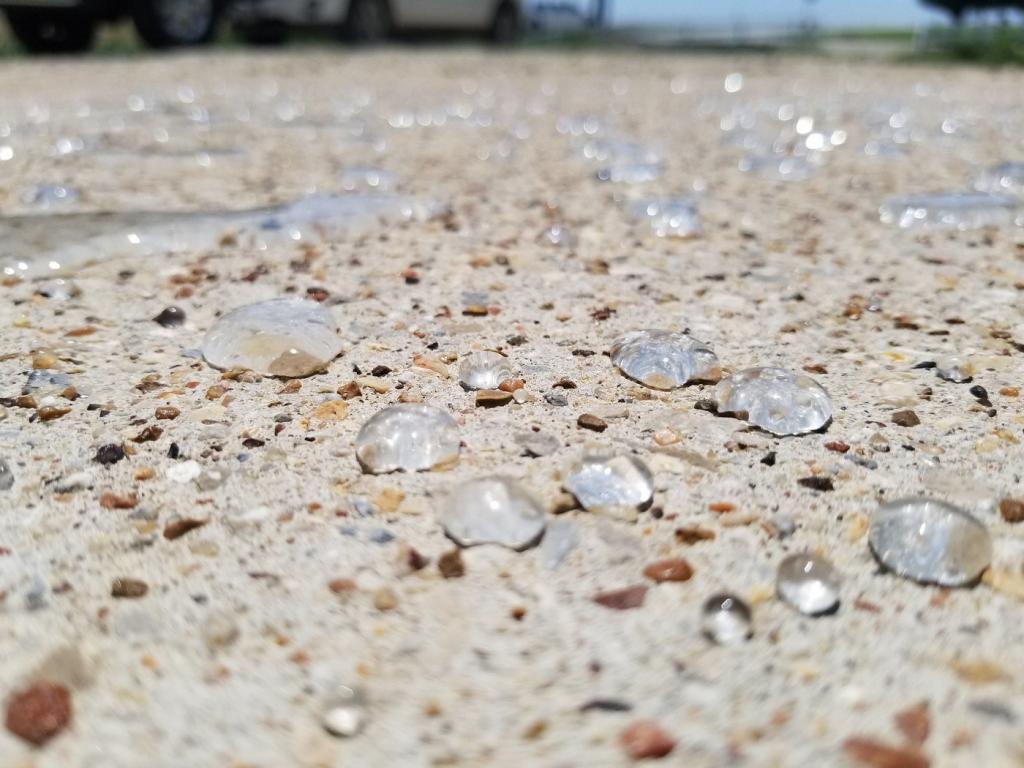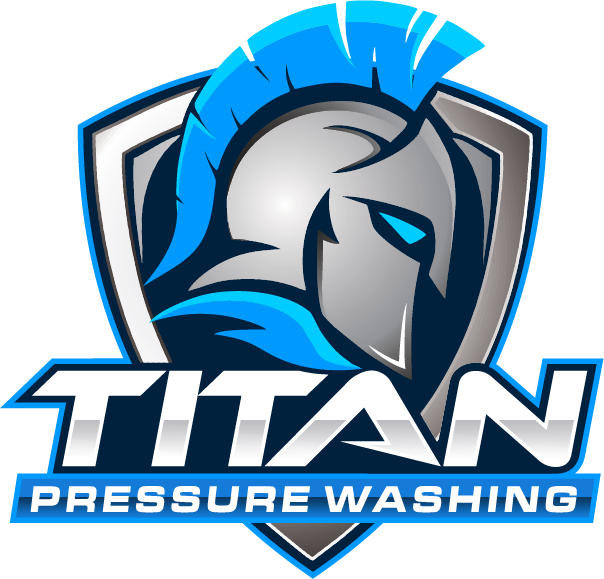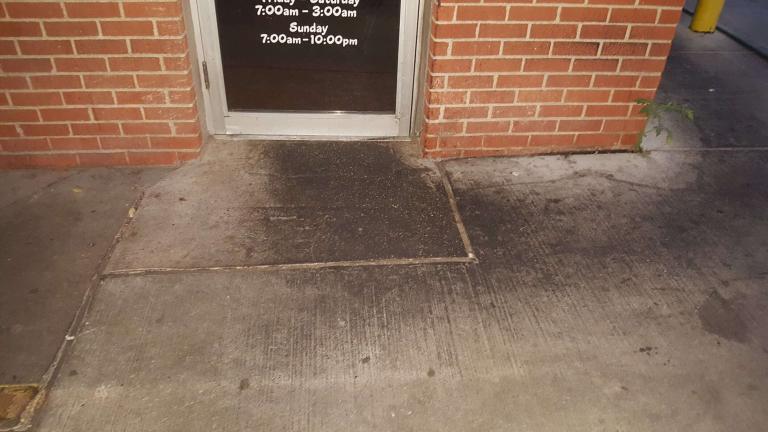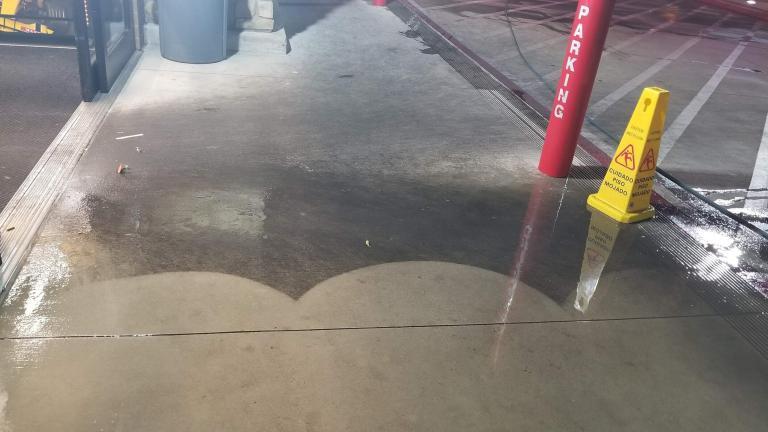Discover the Amazing Benefits of Concrete Sealing!

Concrete sealing is an important step in protecting and maintaining your exterior surfaces. Whether you’re looking to keep your driveway or patio in top condition, concrete sealing is the way to go. In this blog, we’ll take a look at the benefits of sealing concrete and how to properly apply and maintain the sealant. We’ll also discuss common mistakes to avoid when sealing concrete, and how to seal stone and other natural surfaces. So read on to learn more about the advantages of concrete sealing and how you can make the most of it!
Introduction to Concrete Sealing
Concrete sealing is a process of applying a protective coating to concrete surfaces to prevent damage, reduce wear and tear, and improve the overall appearance. There are many types of sealers and each has its own applications and installation process. It’s important to read and understand the manufactures instructions to insure the proper application of the sealant for maximum protection and longevity.
The main purpose of concrete sealing is to protect the surface from water, dirt, and other elements that can cause damage over time. It also reduces staining and makes the concrete easier to clean. The sealant acts as a barrier between the concrete and the environment, preventing water, dirt, and other debris from penetrating the surface and causing damage.
Concrete sealing is a cost-effective way to extend the life of your concrete surfaces. It also helps prevent cracking caused by the freeze and thaw cycles in the winter months. Sealing your concrete can also prevent mold and mildew growth, which can make your surfaces look dull and dingy over time.
The Benefits of Concrete Sealing
There are many benefits to sealing your concrete surfaces. Here are just a few of them:
Types of Concrete Sealing Products
There are a variety of concrete sealing products available on the market. They include water-based sealers, solvent-based sealers, urethane sealers, and epoxy sealers. These sealers further separate into penetrating sealers and topical sealers. Each type of sealer has its advantages and disadvantages, so it is important to choose the right one for your needs.
Water-based sealers are the most common type of sealer and are generally the easiest to apply and clean up. They are typically the most affordable and have the least environmental impact. However, they are not always as durable as other types of sealers and have stricter preparation and post-application requirements
Solvent-based sealers are more durable than water-based sealers, but they can be more expensive and can be more cumbersome to apply in crowded areas where there is a lot of glass.
Urethane sealers are a great choice for outdoor stone surfaces and commercial applications because they are highly durable and long-lasting. They are typically more expensive than other types of sealers but you really get a great product for the investment.
How to Choose the Right Concrete Sealing Product
When choosing a concrete sealing product, it is important to consider the application and the environment in which it will be applied. Different sealers are better suited for different applications and desired results. If the reason for sealing is specifically stain blocking then make sure to choose a sealer that explicitly advertises this feature. however, If you are more concerned about protecting your concrete from salt damage or cracking related to freeze damage then a solvent-based hydrophobic penetrating sealer would be a great choice. If you are wanting concrete or stone protection while also enhancing the look of the surface a urethane sealer will be a great choice. It is also important to consider the type of surface you are sealing. Different sealers are better suited for different types of surfaces. For example, concrete is almost always a great choice for a penetrating sealer while natural stone can work great with penetrating or a urethane topical sealer. The one exception being industrial concrete floors in a warehouse or other high traffic environment.
How to Prepare a Concrete Surface for Sealing
Before applying any sealant, it is important to prepare the concrete surface. This will help ensure that the sealant adheres properly and lasts longer. Before starting the process make sure to remove all furniture and debris that would get in the way. Once the area is clear we need to clean the surface. This can be done with a power washer or a hose and a brush depending on the starting conditions of the surface. You should always make sure to remove any dirt, dust, or debris before applying the sealant. Once the surface is clean and dry, it is important to make sure any nearby glass (or other areas sealer may damage) is covered with a protective barrier.
How to Apply Concrete Sealing Products
Once the surface is prepared, it is time to apply the sealant. This can be done with a brush, roller, or sprayer. It is important to follow the manufacturer’s instructions for application and drying times. When applying the sealant, it is important to use even strokes and to cover the entire surface. Make sure to apply a generous amount of sealant and use a brush or roller to work it into the surface. It is also important to allow the sealant to dry and cure completely before walking or driving on the surface. This will ensure that the sealant adheres properly and lasts longer.
How to Maintain and Repair Concrete Sealed Surfaces
Once the sealant is applied, it is important to maintain the surface to keep it looking its best. This can be done by cleaning the surface regularly with a mild detergent and water. It is also important to inspect the surface periodically for any signs of damage or wear. If any damage is detected, it is important to repair it as soon as possible. Depending on the type of sealant used, it may also be necessary to reapply the sealant periodically to ensure maximum protection.
Common Mistakes to Avoid When Sealing Concrete
Sealing concrete can seem like a daunting task, but it is important to avoid making common mistakes. Here are some mistakes to avoid when sealing concrete:
Sealing Stone and Other Natural Surfaces
In addition to concrete, sealing stone and other natural surfaces can also help protect and maintain them. Sealing stone and other natural surfaces is similar to sealing concrete, but it’s important to use a sealant specifically designed for the surface you are sealing. You can typically find stone sealants available in water-based, solvent-based, and urethane varieties. It is important to choose the right one for the surface you are sealing. When applying the sealant, it is important to use even strokes and to cover the entire surface. Make sure to apply a generous amount of sealant and use a brush or roller to work it into the surface.
Conclusion
Sealing your concrete and natural stone is an important step in protecting and maintaining your exterior surfaces. It is a cost-effective way to extend the life of your concrete and stone surfaces while enhance their appearance. There are a variety of sealers available on the market, and it is important to choose the right one for your needs. With the proper prep work and sealant selection we can make sure your property looks great and stays safe for years to come.
Each situation is different and we would be happy to help answer any questions you may have. If you’re looking to protect and maintain your outdoor surfaces, reach out today to get a free quote to seal your concrete. With the right sealant and proper application, you can enjoy the benefits of a longer-lasting, lower-maintenance home!



